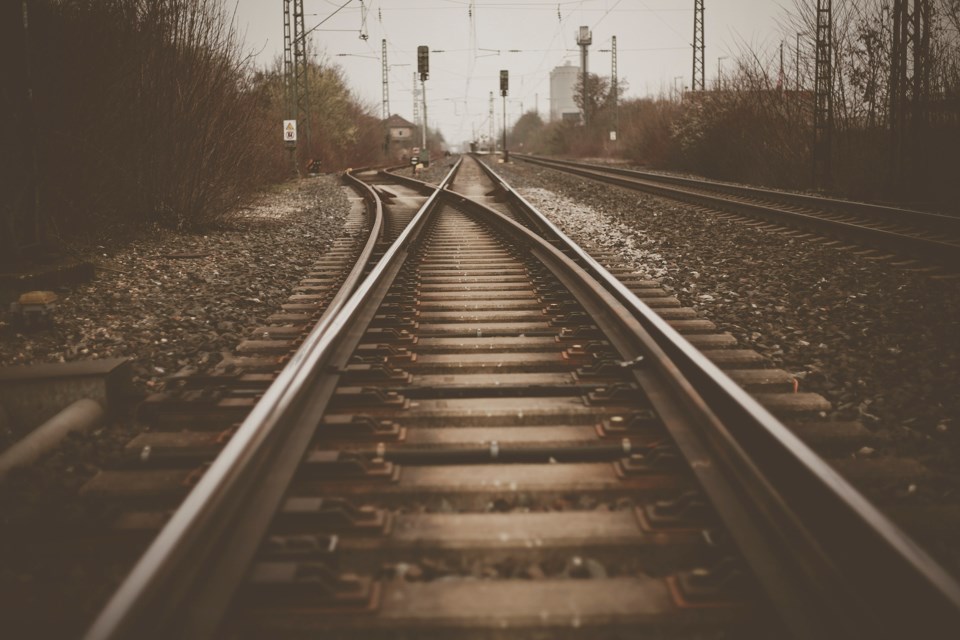Long-awaited passenger rail service for Longmont will be the focus of a Tuesday City Council study session that will include Front Range ridership projections that mirror similar services in other large metro areas.
One possible alignment connecting Fort Collins to Pueblo is along the existing Burlington Northern Santa Fe Railway corridor, which would include service to the future First and Main Street station in Longmont, according to a staff report to council.
The Longmont service would initially involve only a few trips but could expand with additional demand and funding, the staff report states.
Randy Grauberger, project director for the Front Range Passenger Rail Commission, is scheduled to update council on the commission’s activities, including outreach to stakeholders along the proposed corridor and possible funding sources, the staff report states.
The commission was formed in 2017 and then funded by state lawmakers to hire staff and a consultant to study the proposed Fort Collins-to-Pueblo alignment.
The commission is also working with the Colorado Department of Transportation to advance the Front Range passenger rail idea, the staff report states.
The rail commission was told last week that the initial phase of passenger rail would include two to six round trips a day between Fort Collins and Colorado Springs on trains traveling an average of 45 mph mostly on existing rail tracks, according to Colorado Public Radio.
That first phase would cost $1.5 billion to $2.5 billion, according to CPR. A second phase would add service between Colorado Springs and Pueblo at a cost of $200 million to $300 million, according to CPR.
“This approach allows for a starter service and ultimately supports the rail commission’s long-term vision,” Carla Perez, senior strategic consultant with global design firm HDR, told the commission, according to CPR. “But it’s really a way of getting this program going.”
Longmont residents and officials have long been frustrated with RTD’s attempts to bring passenger rail to Longmont. A rail system to the city was planned as part of the 2004-voter approved FasTracks plan that was supposed to surround the metro area. But budget problems have scuttled completing the Boulder-to-Longmont portion of the project.
In September, city council and the Northwest Chamber Alliance — which includes the Longmont Area Chamber of Commerce — blasted an attempt by cash-strapped RTD to dip into a $120 million fund dedicated to help complete the northwest corridor rail service. The agency later backed off the proposal.
Rail service along the 191-mile BNSF route could draw 2.9 million riders annually, according to a rail commission report given to the North Area Transportation Alliance in September.
That estimate is based on ridership of other U.S. metro rail services, including South Shore rail service in Chicago, which sees 3.4 million riders annually and the Capital rail service in Sacramento, California, which carries 1.6 million a year, according to the rail commissioner report.



